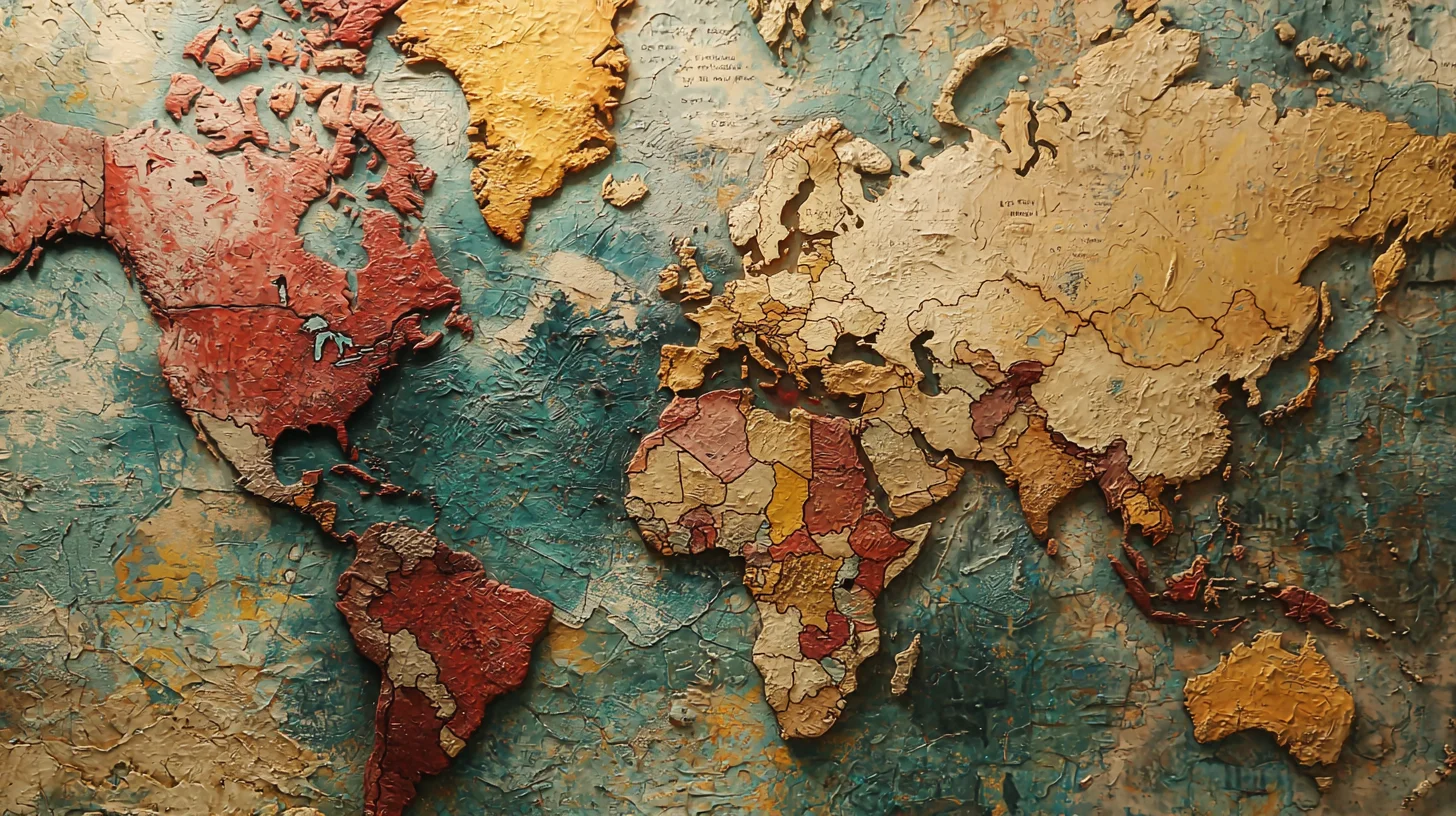29 March 2024
Dubai's Illusion as the Middle East's Miami.

Press the play button in the top right corner to listen to the article
Dubai, often lauded as the Middle East's counterpart to Miami, has crafted an image of wealth, luxury, and architectural marvels, transforming from a desolate desert into a gleaming metropolis. This city-state within the United Arab Emirates (UAE) has pursued aggressive development strategies under the guidance of its ruling families, most notably the Al Maktoum family of Dubai. Through vast investments in infrastructure, tourism, and finance, Dubai has sought to establish itself as a pivotal global city, mirroring the status and appeal of Miami in its regional context.
Both cities have become synonymous with opulence and have strategically positioned themselves as central nodes in global capitalism, coordinating trade routes, capital investments, and resource flows within their respective regions. Despite their differences, including their political structures and economic models, Dubai and Miami share commonalities in their meteoric rise and aspirations of global influence. The literature on global cities, as explored by Saskia Sassen, highlights the central role of such cities in the global capitalist economy, emphasizing their command-and-control functions in finance and trade. While cities like New York, London, and Tokyo are traditionally recognized as global cities, Dubai and Miami have emerged as regional powerhouses attempting to replicate these models on a different scale.
Dubai's ambitions have been supported by a climate of proactive authoritarian governance, which contrasts with Miami's positioning within the broader democratic and economically liberal framework of the United States. This difference in governance has not hindered Dubai's quest for global recognition but rather accelerated it, leveraging state-directed investments in high-profile projects such as the Burj Khalifa and the Palm Islands. These endeavors aim to transform the city into a leading commercial, financial, and tourist destination before the potential decline in oil demand threatens its economic foundations.
Climate and geographical features also distinguish the two cities, although they share some similarities in their environmental conditions. Both are characterized by their strategic locations, with major ports and international airports that support their roles as global hubs for trade and tourism. The climate in both cities supports their tourism industries, with warm temperatures and sunny days being common throughout the year. However, Dubai's climate is generally more extreme, with higher summer temperatures and a drier environment compared to the tropical and muggy climate of Miami.
In conclusion, while Dubai and Miami share aspirations of being central hubs in the global economy, their paths to this status, influenced by their unique political, cultural, and environmental contexts, have been distinct. Dubai's portrayal as the "Miami of the Middle East" captures only a facet of its complex identity, which is rooted in ambitious development strategies, authoritarian governance, and a relentless push towards global prominence. The illusion of similarity belies the profound differences in their trajectories and the mechanisms behind their rise on the world stage.
The content, including articles, medical topics, and photographs, has been created exclusively using artificial intelligence (AI). While efforts are made for accuracy and relevance, we do not guarantee the completeness, timeliness, or validity of the content and assume no responsibility for any inaccuracies or omissions. Use of the content is at the user's own risk and is intended exclusively for informational purposes.
#botnews














































































